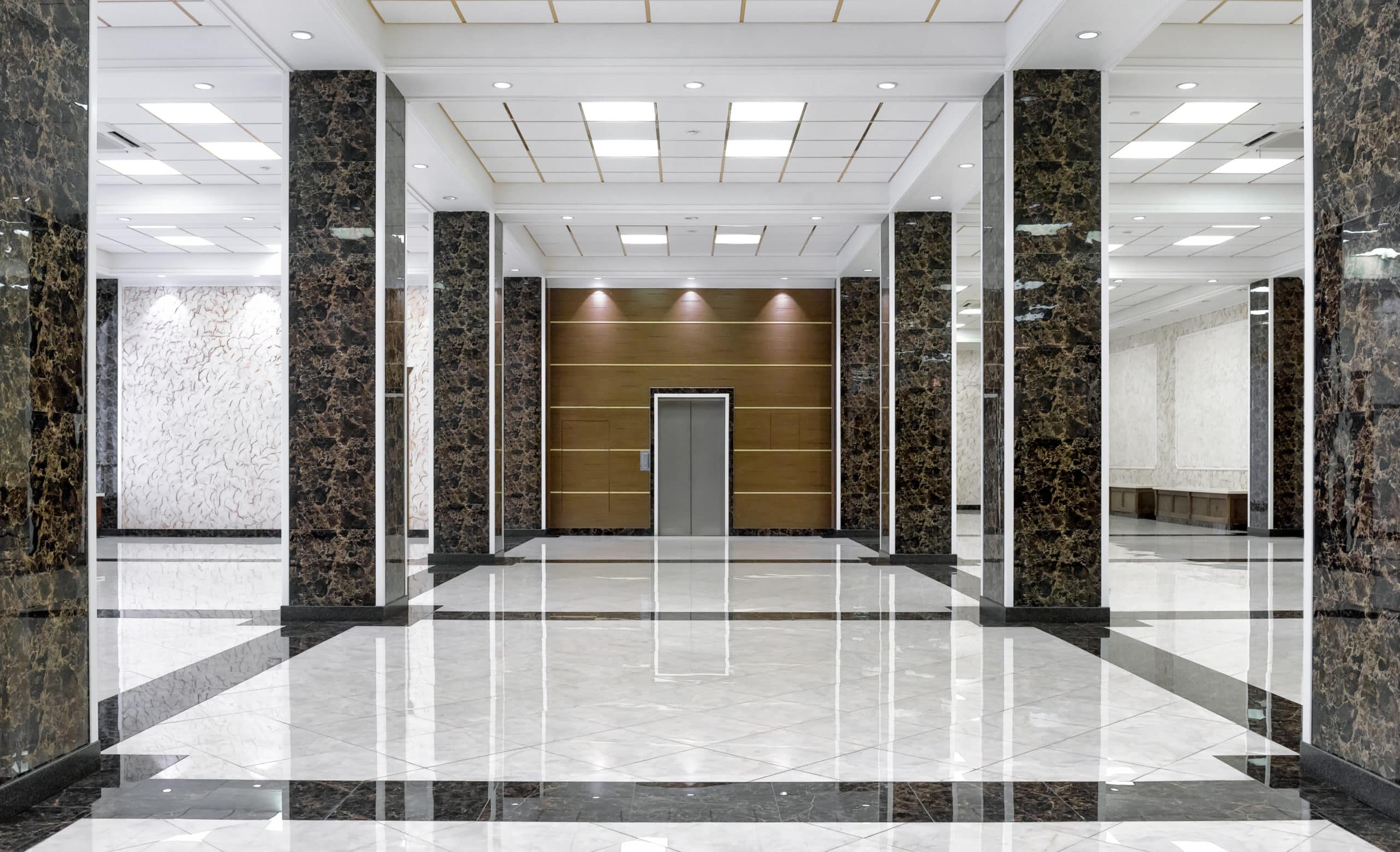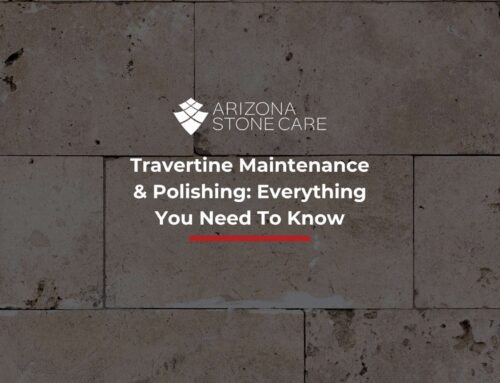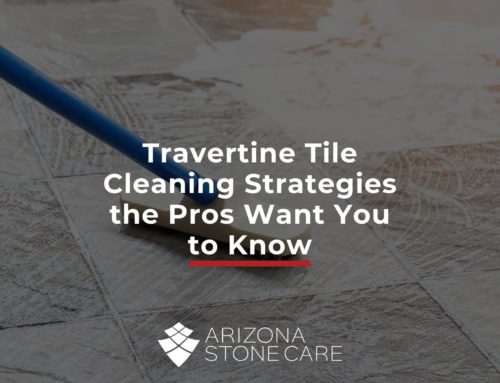Can Marble Restoration Remove All Types Of Stains & Etches?
Effectiveness Of Marble Restoration: Can It Eliminate Various Discolorations & Surface Damage?
If you appreciate the timeless beauty of natural stone, finding stains and etches on our marble surfaces can be a cause for concern. But don’t worry! Today we delve into the realm of natural stone restoration to address a fundamental question: Can marble restoration effectively combat all varieties of stains and etches?
Join us on this exploration as we uncover the capabilities of marble restoration techniques.
Exploring The Nature Of Marble Stains & Etches: A Detailed Overview
Stains and etches on marble surfaces can cause stress for anyone, especially homeowners, but understanding their nature is the first step toward effective management and restoration.
Marble Stains
Marble stains can be categorized into two types. The first type, known as a true stain, occurs when a substance permeates the porous surface of the marble, leaving behind a dark or colored mark.
These stains are typically caused by substances like oil or highly pigmented liquids such as food coloring.
However, it’s essential to note that mere contact with these substances won’t necessarily result in a stain. Prompt cleanup, even after a short delay, can prevent long-term staining.
For example, pizza grease wiped away promptly usually doesn’t leave a lasting mark. However, substances like Easter egg coloring dye, if left unattended, can indeed leave behind stains that require specific removal techniques.
In short, while true stains might seem inoffensive, they still require attention so you don’t need natural stone restoration too early.
Etching
The other type of “stain” often mistaken for true stains is called etching. Unlike true stains, etching doesn’t involve the absorption of substances into the marble. Instead, it’s a form of damage caused by acidic substances coming into contact with the marble surface.
This acidic interaction corrodes the surface layer of the marble, resulting in dull spots that resemble scratches or rings.
Common acidic culprits include coffee, juice, soda, tomato sauce, salad dressing, or vinegar.
When you notice water spots, glass rings, or scratches on your marble surface, these are likely the result of etching rather than true stains.
Identifying Common Causes Of Marble Stains & Etches: Prevention Tips
Stains and etches on marble surfaces can result from various everyday substances and activities. Understanding the common causes of these blemishes is essential for implementing preventive measures and maintaining the beauty of marble:
- Acidic Liquids: Marble is susceptible to etching when it comes into contact with acidic substances. Common acidic liquids that can cause etching include citrus juices (lemon, lime, orange), vinegar, coffee, tea, wine, and soft drinks.
- Oil-Based Substances: Oil-based liquids such as cooking oils, greasy food residues, and oily cosmetics can penetrate the porous surface of marble, leading to true stains that might require natural stone restoration.
- Pigmented Liquids: Highly pigmented liquids, such as red wine, fruit juices, food coloring, and certain spices like turmeric and curry, have the potential to cause true stains on marble surfaces.
- Water & Mineral Deposits: Hard water containing minerals like calcium and magnesium can leave behind mineral deposits or water spots on marble surfaces over time. While these deposits may not cause true stains, they can affect the appearance of the marble and require regular cleaning to prevent buildup.
- Abrasive Cleaners & Tools: Using abrasive cleaners, harsh chemicals, or rough cleaning tools on marble surfaces can cause physical damage, including scratches and abrasions.
- Natural Wear & Tear: Regular use and foot traffic can gradually wear down the protective sealant on marble surfaces, making them more susceptible to stains and etches. Areas exposed to frequent use, such as kitchen countertops and bathroom vanities, are particularly prone to staining and etching over time.
Expert Techniques In Marble Restoration: Steps For Reviving Your Stone
Marble restoration focuses on repairing and rejuvenating marble surfaces that have been damaged or worn over time. These techniques typically involve a combination of cleaning, repairing, and refinishing processes to restore the marble’s appearance and functionality. Here’s a list of some of the natural stone restoration techniques:
- Cleaning: The first step in marble restoration is a thorough cleaning to remove surface dirt, stains, and buildup. This can be done using specialized marble cleaners, gentle detergents, or poultices to lift stains from the surface without causing damage.
- Grinding: For more severe damage such as deep scratches, etches, or uneven surfaces, grinding may be necessary. This process includes using abrasive materials to remove a thin layer of the marble surface, revealing a fresh, smooth layer underneath.
- Honing: Honing involves using progressively finer abrasives to smooth and refine the surface of the marble. This process helps to remove any remaining scratches or imperfections and creates a uniform, matte finish.
- Polishing: Polishing is the final step in the restoration process and is used to enhance the shine and luster of the marble surface. This can be achieved using polishing compounds, diamond abrasives, or polishing powders to achieve the desired level of gloss and smoothness.
- Sealing: Sealing is an essential part of marble restoration to protect the surface from future damage and staining. A penetrating sealer is applied to the cleaned and polished marble surface to create a protective barrier against moisture, spills, and other contaminants.
- Repairs: In some cases, natural stone restoration is not enough, especially if marble surfaces have cracks, chips, or other structural damage. In these cases, they also require repair. The repair may include filling cracks or chips with epoxy resin, reattaching loose or broken pieces, or regrouting damaged areas.
Proactive Measures To Prevent Stains & Etches On Marble Surfaces
Preventing stains and etches on marble surfaces is crucial for maintaining their beauty. Here are some tips to minimize their damage:
- Wipe spills promptly to prevent absorption
- Place coasters under drinks and mats under hot items
- Limit exposure to acidic substances like citrus juices and vinegar
- Prevent scratches by using cutting boards
- Clean regularly with mild, pH-neutral cleaners and soft cloths
- Apply a penetrating sealer to create a protective barrier
- Avoid abrasive cleaning tools to prevent scratching
- Stay proactive in maintenance to catch issues early
Choosing The Right Expert For Marble Restoration: Arizona Stone Care
If you need of professional assistance with marble restoration or cleaning, look no further than Arizona Stone Care. With our expertise in natural stone restoration and cleaning, we can help rejuvenate and revitalize your marble surfaces, ensuring they look their best for years to come.
Don’t let stains and etches dull the beauty of your marble—take action today with Arizona Stone Care! Contact us now.
Arizona Stone Care
2036 N Gilbert Rd #2
Mesa, Arizona 85203
Phone: (480) 232-6264
Email: info@arizonastonecare.com
Website: https://arizonastonecare.com/
Arizona Stone Care
Email: info@arizonastonecare.com
Website: www.arizonastonecare.com
Mesa Location
505 W 8th Ave #17
Mesa, AZ 85210
Office: 480-232-6264
Scottsdale Location
6908 E Thomas, Suite #202-1,
Scottsdale, AZ 85251
Office: 602-932-0011
Chandler Location
2101 N Evergreen, unit 1031
Chandler, AZ 85225
Office: 480-531-6796







